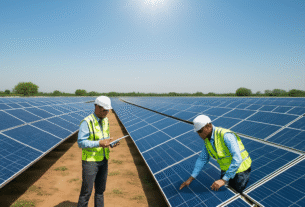In Short : As solar capacity continues to rise across the country, the Indian government plans to test large-scale battery storage solutions at coal-fired power facilities to address grid stability issues. The program’s goal is to store extra renewable energy during the day and release it when demand is at its highest.
Encouraging Innovation and Strategic Growth
India is experimenting with hybrid models that combine traditional dependability with renewable flexibility by integrating Battery Energy Storage Systems (BESS) with coal facilities. By demonstrating how current fossil fuel infrastructure may be used to facilitate the clean energy transition, this trial represents a significant innovation step.
Impact and Significance of Clean Energy
The action might minimize emissions, lessen dependency on coal during nighttime peak hours, and allow for a broader integration of renewable energy sources into the grid. If this concept proves effective, it can be used to several facilities, positioning India as a leader in striking a balance between conventional and renewable energy.
About India’s Renewable Energy Initiative
By 2030, India wants to have 500 GW of non-fossil fuel capacity, with solar power accounting for the majority of installations. Coal plant battery integration may offer a stopgap measure to guarantee electricity security and hasten the transition to a low-carbon grid.



